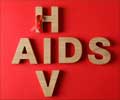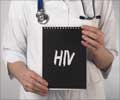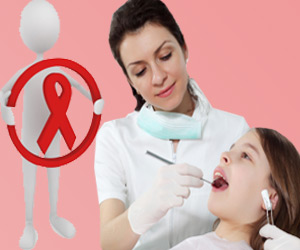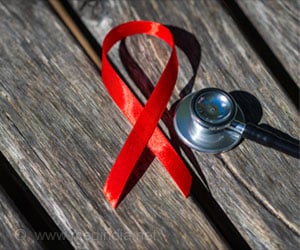A treatment with low-dose growth hormone improves abdominal fat and blood pressure measurements for HIV patients, but worsens glucose levels, according to a new study.
A new study has revealed that treatment with low-dose growth hormone improves abdominal fat and blood pressure measurements for HIV patients, but worsens glucose levels.
Dr. Steven Grinspoon and his colleagues at Massachusetts General Hospital in Boston say that they have studied the impact of growth hormone treatment on HIV patients with treatment-related abdominal obesity and growth hormone deficiency.They have revealed that the objective of the study was to determine whether low-dose GH in 56 HIV patients with abdominal fat accumulation and GH deficiency would improve body composition, lipids, and other metabolic and cardiovascular measures.
Fifty-five patients (26 with GH and 29 with placebo) were included in the safety analyses, and 52 patients (25 with GH and 27 with placebo) were included in the efficacy analyses.
The researchers found that abdominal fat decreased significantly in the GH group as against the placebo group, with a percentage change in the GH group of -8.5 percent and -1.6 percent in the placebo group.
Trunk-to-lower extremity fat ratio and trunk fat also decreased in the GH group compared with the placebo group.
Triglycerides and diastolic blood pressure (BP) levels improved with GH, while the change in systolic BP was not statistically different compared with placebo.
GH increased glucose levels during glucose tolerance testing, but long-term indices of glucose, hemoglobin A1c (the substance of red blood cells that carries oxygen to the cells and sometimes joins with glucose), were not different between the groups.
They added: "Low-dose physiological GH is well-tolerated and results in significant but more modest reduction in visceral adipose tissue [VAT; abdominal fat], but is nonetheless associated with increased glucose levels. Therefore, the therapeutic window to achieve an optimal risk-benefit ratio of GH in individuals with HIV, abdominal fat accumulation, and insulin resistance may be very narrow and difficult to achieve."
The findings were presented at a JAMA media briefing on HIV/AIDS, and have been published in the latest issue of JAMA.
Source-ANI
RAS/L
 MEDINDIA
MEDINDIA




 Email
Email









